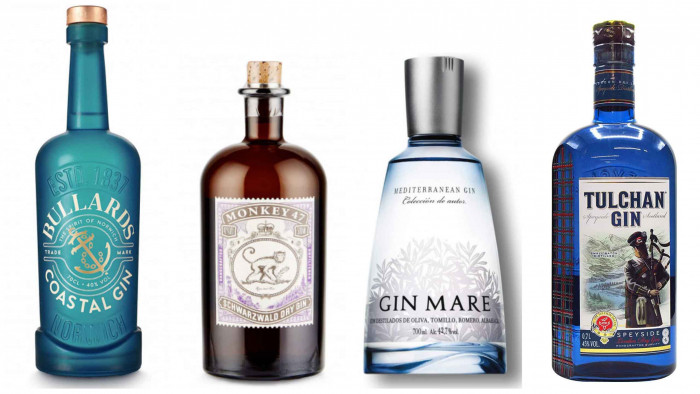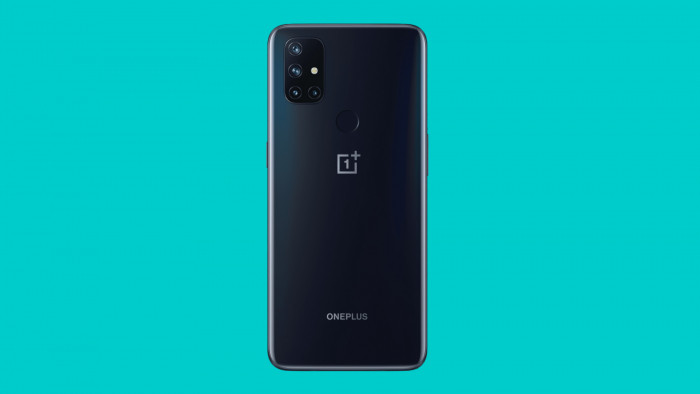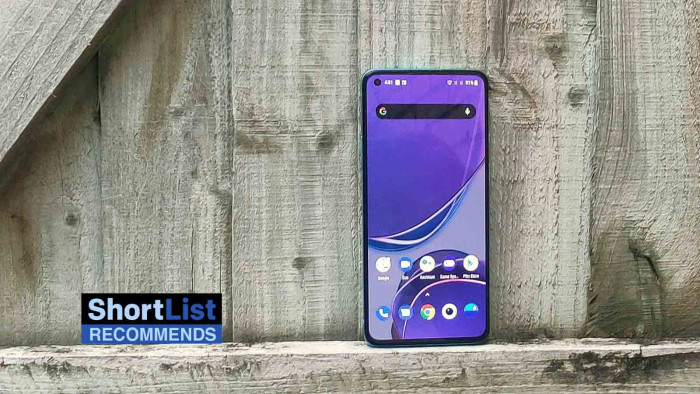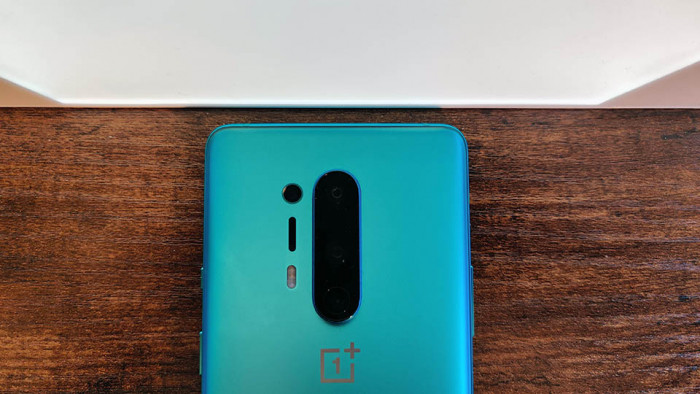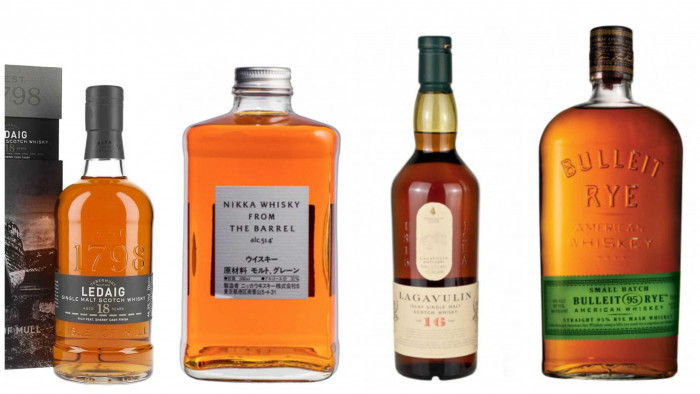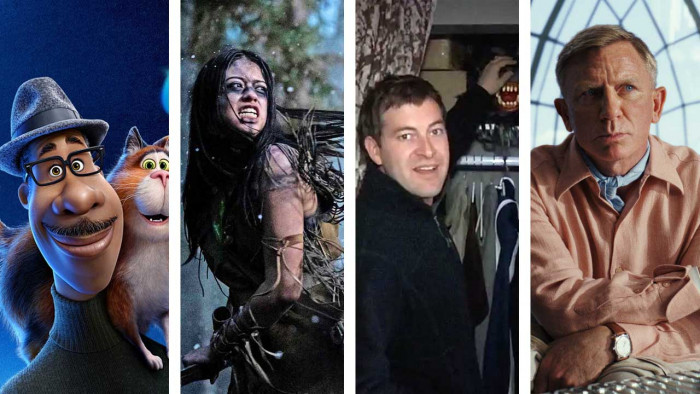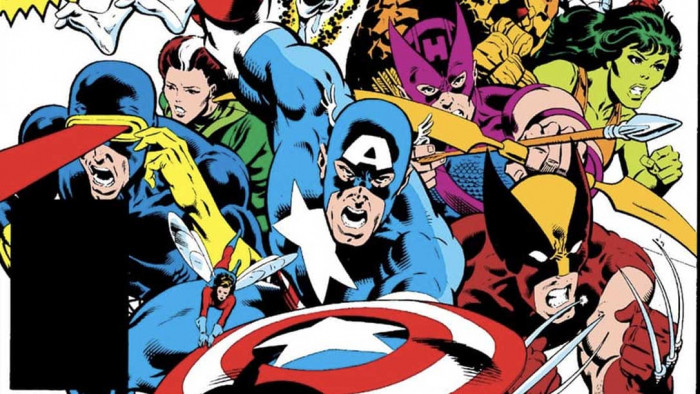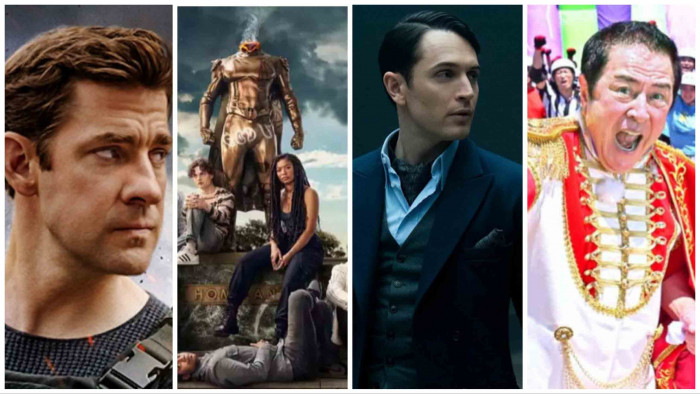Ahead of the new biopic, Jonathan Pile examines the true stories that inspired the legend of 007
LIVE AND LET DIE (1973)
Int Harlem bar Fillet Of Soul – day
BOND enters the room, looks around, then walks towards the bar. The occupants all stop what they’re doing to stare at him. On reaching the waiter BOND prepares to order his signature drink.
BOND: Good afternoon. Bourbon and water, please.
You were expecting something else, perhaps? Something like, “Vodka martini, shaken, not stirred.” Or even, “Three measures of Gordon’s, one of vodka, half a measure of Kina Lillet. Shake it over ice and add a thin slice of lemon peel.” The Vesper. Created in the first Bond novel Casino Royale (he drank six of them), then never mentioned again in the books (he drank a huge number of other things including champagne, ice-cold Russian vodka, old fashioneds, negronis and Red Stripe) before being resurrected in the 2006 film version, despite Kina Lillet being discontinued and Gordon’s having being reformulated by then. Who knows what Daniel Craig’s Bond was actually served. The waiter really should have said something.
Anyway, the fact is Bond changes throughout the film series – 50 years and six actors will do that. Sometimes it was subtly (his final cigarette was in Licence To Kill, although he enjoyed a cigar in Die Another Day), sometimes for dramatic reasons (he can’t defuse a nuclear bomb in Goldfinger, can in Octopussy, but has forgotten again by The World Is Not Enough) and sometimes in ways we’d rather not remember – Roger Moore’s Bond may well be able to disarm a nuclear bomb, but he’s dressed as a clown as he does so. None of the other actors would have stood for that. At least one would have probably hit someone if they’d been asked to.
But a question so often asked of each actor who plays the character is: how close is he to Fleming’s Bond? There isn’t too much consensus: “Craig comes closer to the original conception than anyone since Connery” Todd McCarthy, (Variety); “Dalton… the only actor to play properly Ian Fleming’s double-0” (Total Film); “George Lazenby [was] closest to Fleming’s Bond” (Ben Macintyre, author of For Your Eyes Only: Ian Fleming And James Bond). So who is this enigmatic “Fleming’s Bond” and how was he created?
The name’s Carruthers…
James Bond was born in Philadelphia in 1900 but moved to England in 1914 where he was educated at Harrow, then Cambridge. He died in 1989, but is still remembered for his book Birds Of The West Indies – the definitive work on the subject. Oh, and also for inspiring the name of MI6’s most famous secret agent. Fleming was a keen ornithologist, and plucked the name from his bookshelves.
The name is now synonymous with glamour, but Ian Fleming, speaking to Reader’s Digest, revealed he chose it because he “wanted the simplest, dullest, plainest-sounding name” he could find. “James Bond was much better than something more interesting, like Peregrine Carruthers.”
This is the origin Fleming confirmed multiple times; writing it in his travel book Ian Fleming Introduces Jamaica and sending a copy of You Only Live Twice with the message “To the real James Bond, from the thief of his identity” as a gift.
Case closed? No. It’s also been claimed the name was known to Fleming beforehand. Fleming’s brother Peter’s life was saved during the Second World War by a man called Rodney Bond, and that name was suggested during the writing of Casino Royale. And a friend of Fleming, CH Forster, recalled a conversation he’d had with the author where he’d explained he got his character names by thinking of the names of people in his school house, then changing their first names. Forster responded that the first two people in his register were James Aitken and Harry Bond, then suggested simply switching them.
But it seems pointless to argue with Fleming’s official version. And it’s certainly difficult to elicit a meaningful response from the man himself.
Licence to kill
“No, he must stick to his thin story and hope that the others who would now follow him on Goldfinger’s trail would have better luck. Who would M choose? Probably 008, the second killer in the small section of three.” (Goldfinger, 1959)
Ian Fleming limited the double-0 section of MI6 to three agents. Of the double-0, Fleming told Playboy in 1964 that, “I pinched the idea from the fact that, in the Admiralty, at the beginning of the war, all top-secret signals had the double-0 prefix.”
As for the seven, that’s less clear (especially as there are only three of them), although Moonraker makes a note that Bond is the most senior, the other two being 008 and 0011. But journalist Ben Macintyre notes that the German diplomatic code that was broken and led to the US entering the First World War was codenamed 0075 – for anyone as versed in naval intelligence as Fleming, it represented a high point of British espionage.
“Write what you know” is a well-worn piece of advice. So while Fleming isn’t Bond (and he admitted as much: “Bond is a highly romanticised version of anybody, but certainly not I, and I certainly couldn’t keep up with him”) he shares certain similarities. They had Scottish fathers, who both died before they were teenagers. They both attended Eton (Bond was expelled for a dalliance with a maid), the University Of Geneva, learned to ski in Kitzbühel and joined the Navy for the Second World War. There are other similarities in their habits, too. Fleming admitted, for example, that Bond’s choice of gold-ringed cigarettes made from Balkan and Turkish tobacco mixed by Morland’s of Grosvenor Street came from his own preference for them. An interesting choice for two reasons: one because they’d be so conspicuous (Fleming acknowledged this), and two, because according to Adrian Turner’s guide to Goldfinger they were “annoyingly inconsistent; they could be strong or weak, bitter or deliciously sweet”. Hardly the cigarette of a man who knows his ’53 Dom Pérignon from his ’55.
The Men Who Would Be Bond
So, if Bond isn’t Fleming, who is he? As far as looks are concerned, he’s twice described as looking like American composer Hoagy Carmichael. But as for whose life inspired the character, the truthful but somewhat less than thrilling answer (no THE REAL BOND REVEALED! headlines) is that he’s an amalgamation of people Fleming met and stories he was told. One was Patrick Dalzel-Job, a member of the 30 Assault Unit who stormed the Normandy beaches, helped liberate Paris and stole the entire archives of the German navy (a haul Fleming himself flew out to collect and return to Britain). A fine marksman, he could also ski backwards.
Wilfred Dunderdale, the station chief of MI6 in Paris, is almost certainly an influence too – he dressed in handmade suits, wore Cartier cuff links and drove an armour-plated Rolls-Royce. Then there’s Sidney Cotton – a spy photographer for MI6 who would take pictures of German installations using people as cover for doing so. Including, on one occasion, Hermann Göring. And finally (for this piece anyway) there’s spymaster William Stephenson, about whom Fleming wrote in The Sunday Times: “James Bond is a highly romanticised version of a true spy. The real thing is… William Stephenson.”
So those are some of the sketches of Fleming’s Bond. A lover of women, cigarettes and alcohol, a hater of tea (“It’s mud”) and an occasional user of Benzedrine.
But, in many ways, Bond was mostly a product of post-war Britain – not just because of the heroic tales Fleming was influenced by, but because the early books were written while rationing was still in force. Bond not only offered readers escapism in exotic locations, but also detailed descriptions of dishes such as langoustines or roast grouse. And that’s one final point that shows how different Bond could be from Fleming: he wrote to The Guardian with the claim, “I abhor Wine-and Foodmanship. My own favourite food is scrambled eggs.”
(Images: Rex; Kobal)
Latest
Related Reviews and Shortlists

